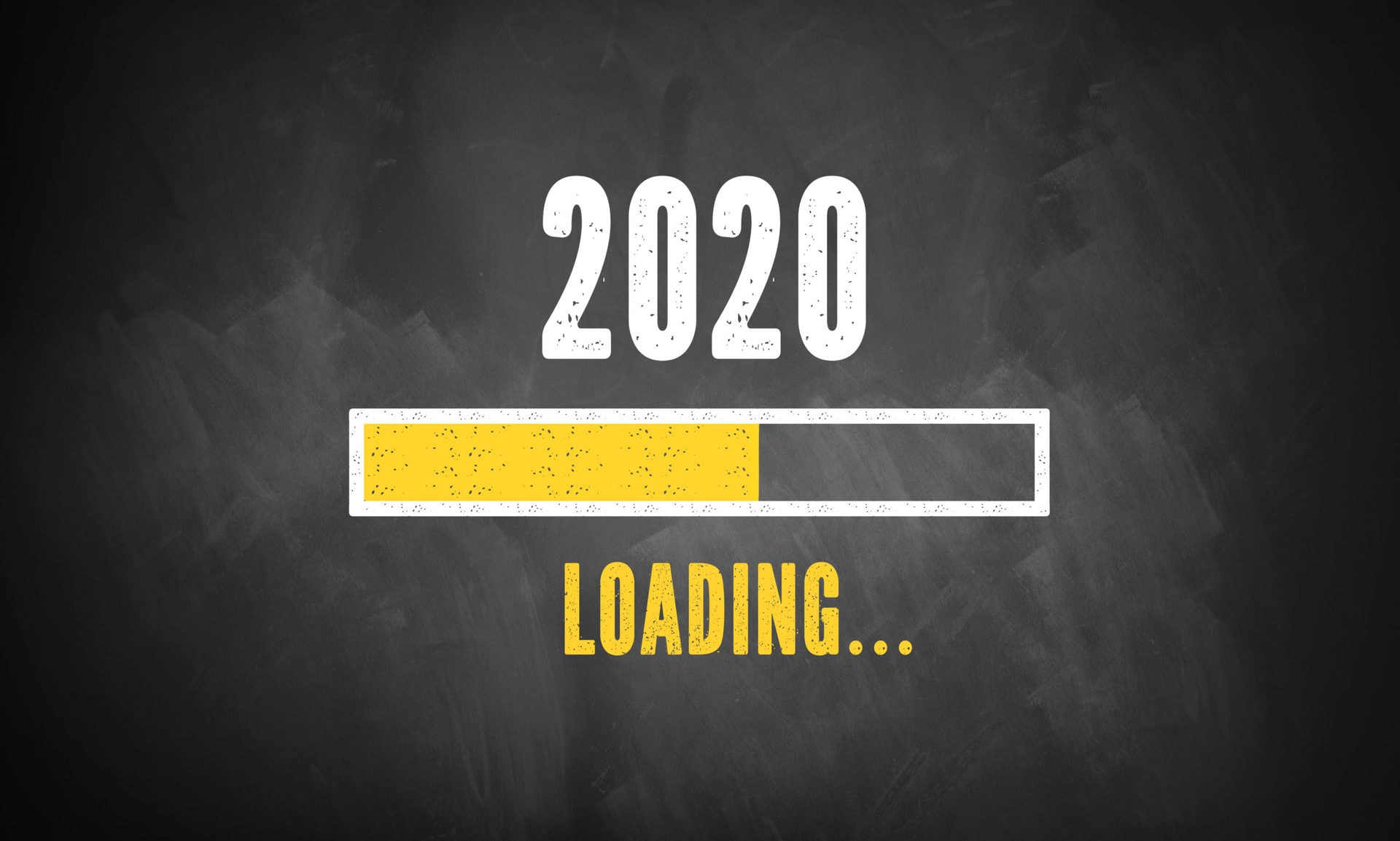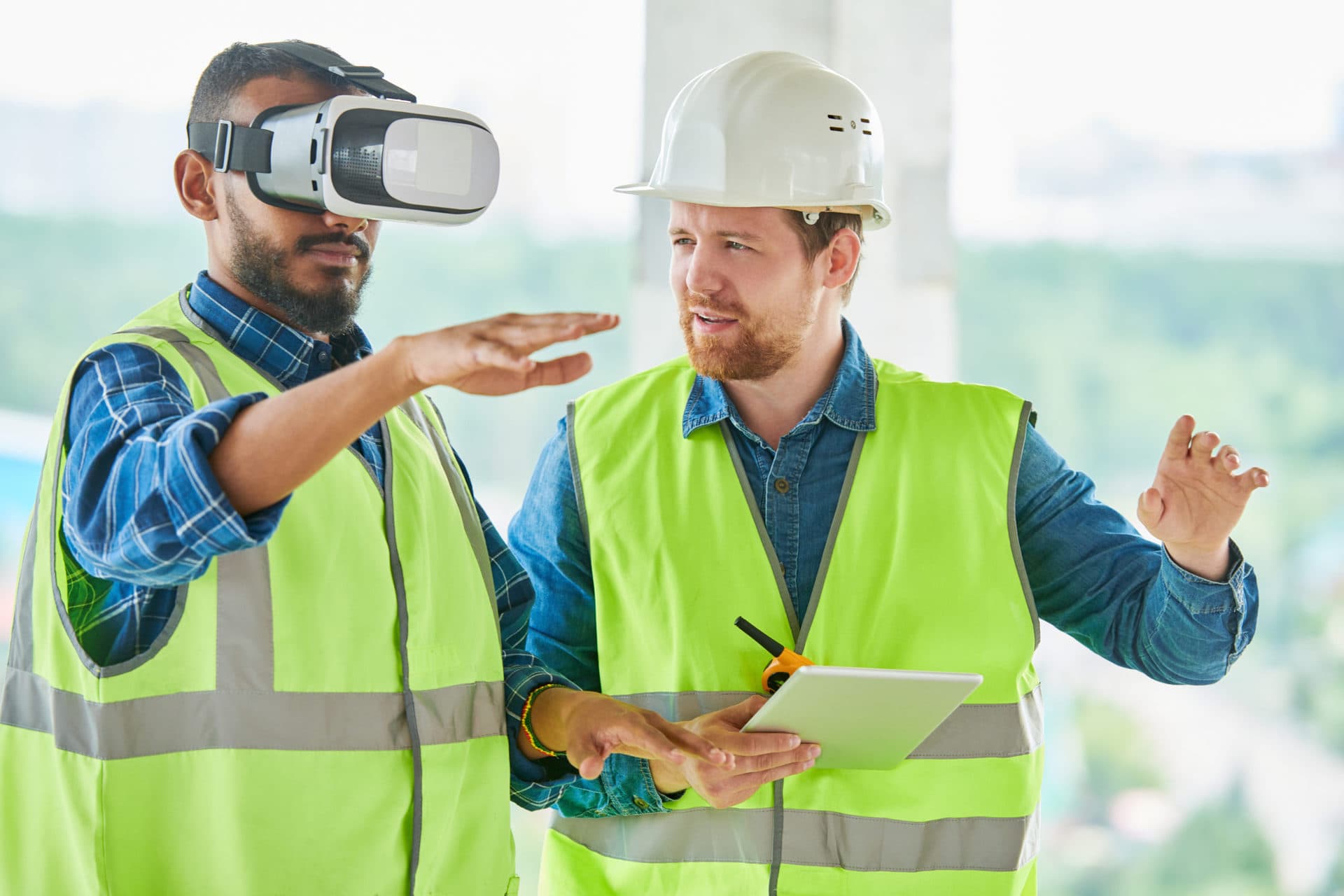
Depending on what news sources you follow, you’re likely to have read several trend predictions for 2020. Here is a Top-10 style list, linked back to the original articles.
One: Modularization
The promise of faster on-site assembly and higher quality has boosted the use of modularization and off-site construction. Specifically, the modular market was valued at USD 106.15 billion in 2017 and is projected to reach USD 157.19 billion by 2023. Modular construction is greener, faster, and safer, according to this article, which notes that because building and site work can be done at the same time, buildings can be completed as much as 50 percent faster.
Two: Robotics
Construction has traditionally been one of the least digitized and automated industries in the world. That’s starting to change as industry-specific robots take on jobs like building walls, laying bricks, and analyzing sites for inventory and safety. Robots, artificial intelligence, and drones won’t take jobs though, according to this article, rather, they’ll improve productivity, lower waste and overhead, and fill gaps, allowing a shrinking workforce to focus their attention on different tasks. Check out this previous blog, “How AI Solves the Data Overload Problem in the Construction Industry” by Zac Novak of Uptake, to learn more about AI and robotics’ role in construction.
Three: Building Greener and More Sustainable
When it comes to construction, building greener means architects designing environmentally-friendly buildings that are cost-effective and long-lasting, preserving the environment by using resources as efficiently as possible, and incorporating environment-friendly solutions in everything from planning, to construction, to maintenance, and finally demolition. This article talks about climate change being one of the most pressing global challenges today, noting that new guidelines in Europe propose that all homes built in the EU after 2020 must consume almost zero energy. Architects are doing their best to adapt, tackling projects from a thermodynamic point of view, incorporating water-saving and energy-efficient features, and looking at other factors like sunlight and wind direction.
Four: Blockchain Technology
Blockchain streamlines project delivery and payment and can save big money by taking third-party intermediaries, like a bank, out of the contract bids, processing, and payment procedures. Costs are cut because companies reduce the number of transactions and documents. One of the most promising blockchain trends in 2020, according to this article, is Blockchain As A Service (Baas, for short). This new blockchain trend is a cloud-based service that enables users to develop their own digital products by working with blockchain, for example, smart contracts. Companies like Microsoft and Amazon are already developing blockchains that provide BaaS services.

Five: Virtual and Augmented Reality
While virtual and augmented reality aren’t new technologies, the construction industry is finding new ways to apply it to construction projects. Virtual reality allows developers and builders to visualize a complete building with an interactive 360-degree model, and all it takes is a camera lens and the right software. This allows management to plan the project and identify potential problems before breaking ground. This article talks about how virtual reality can benefit a company’s health and safety by using simulation for health and safety training. For example, some software can give workers the opportunity to experience real-world situations “live” as they navigate their way out of potentially hazardous site environments.
Six: Internet of Things (IoT), Safety
The fourth industrial revolution, or Industry 4.0, is making a significant impact in our world and how we do business. It seems like everything is connected to the internet; manufacturing equipment, machines, the scales in our bathrooms, wristwatches, and the locks on our doors. A report by Fortune Business Insights predicts the global market for IoT, which was valued at $190 billion in 2018, is forecasted to reach $1.11 trillion by 2026 at a 24.7 percent compound annual growth rate. What does this mean for construction? IoT is no longer coming – it’s here, and the benefits are real. Safety is a top concern for construction professionals and IoT can help increase worker safety. This article quotes estimates that incidents and associated costs could be reduced by 10 to 20 percent when using IoT, by employing real-time sensors to monitor behavior (helmets being worn, workers staying out of restricted areas, alerts when an emergency arises), and by moving to a condition-based maintenance process for equipment that takes factual data from the equipment itself, into account, rather than only relying on the tolerance probabilities from manufacturing manuals.
What other trends come to mind when you think of the future of construction? Share your comments below!
Make sure to stay on top of current and emerging trends by attending CURT events in 2020! Next up is CURT’s National Conference, February 10-12, 2020, in Chandler, Arizona. Learn “How to Stay Relevant,” “How to Overcome Construction Risks,” and “Why Suicide Prevention is a Construction Leadership Issue,” – among other great topics. You also won’t want to miss Anirban Basu’s fast-paced, construction-focused economic predictions either! He takes the big stage Monday afternoon.
CURT’S MISSION IS TO CREATE A COMPETITIVE ADVANTAGE FOR CONSTRUCTION USERS. CURT ACCOMPLISHES THIS MULTIFACETED OBJECTIVE BY PROVIDING AGGRESSIVE LEADERSHIP ON THOSE BUSINESS ISSUES THAT PROMOTE EXCELLENCE IN THE CREATION OF CAPITAL ASSETS.

If these are the top construction trends for 2020, there is no wonder the construction industry remains mired in waste and low productivity. Until focus is upon owner leadership and competency, LEAN construction planning, procurement, and project delivery, as well as total cost of ownership (TCO) management… no measurable improvement is on the horizon.